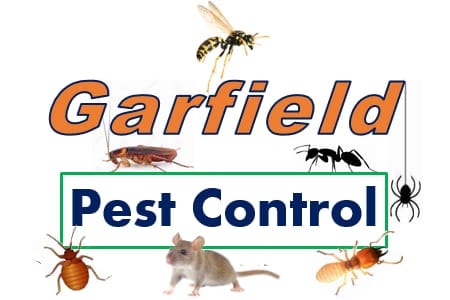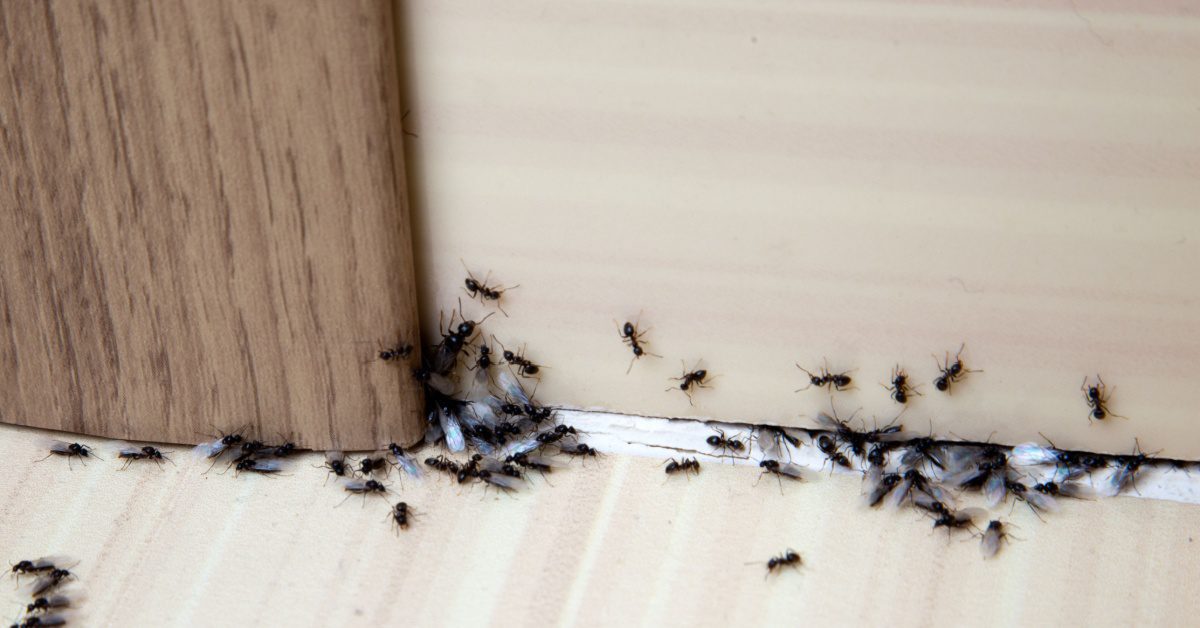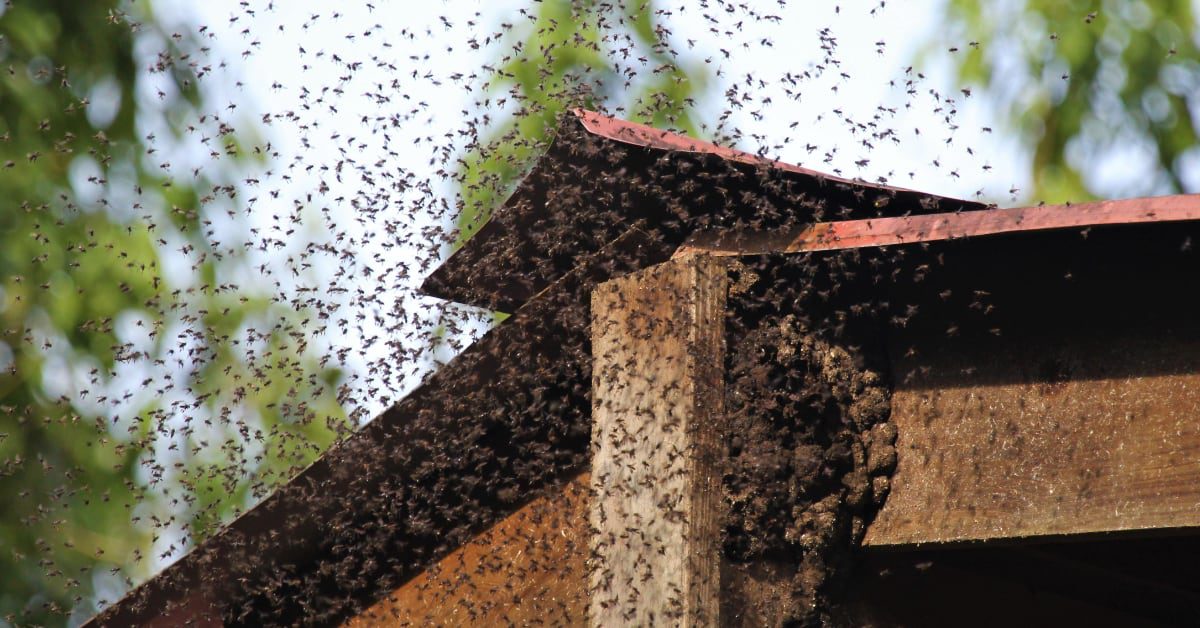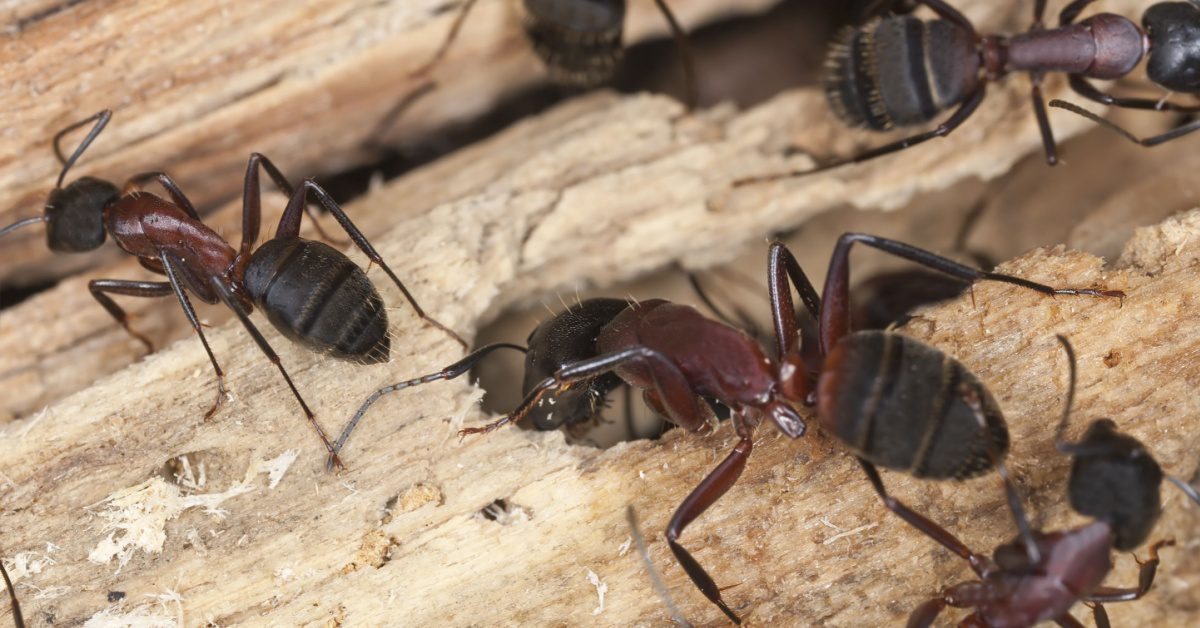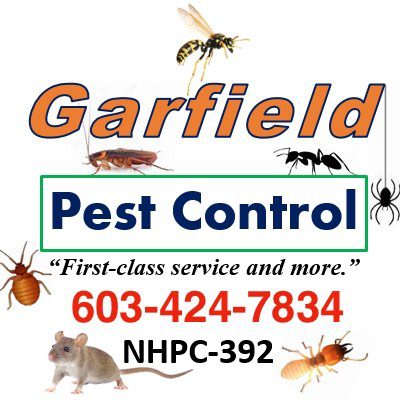Springtime in New Hampshire: Understanding the Annual Ant Emergence
As the snow melts and flowers bloom, springtime in New Hampshire heralds the annual emergence of ants. For homeowners, this can mean an unwelcome influx of these tiny invaders seeking food and shelter.
In this springtime guide, we’ll explore everything you need to know about the ant invasion in New Hampshire, from identifying common ant species to practical methods for prevention and control.
So, this spring, let’s learn how to protect our homes and properties from ant infestations caused by ant invasion.
Identifying Common Ant Species in New Hampshire
New Hampshire has various ant species, each with distinct characteristics and behaviors. Among the most common ant species encountered in the state are:
Pavement Ants
These tiny, brown ants often build nests under sidewalks, driveways, and building foundations.
Odorous House Ants
Known for emitting a foul odor when crushed, these ants are attracted to sugary foods and moisture.
Carpenter Ants
Larger than most ant species, carpenter ants can cause structural damage by excavating wood to build nests.
Field Ants
Typically found outdoors, field ants construct large, mounded nests in open areas.
Identifying the ant species invading your home is crucial for implementing effective control strategies.
Natural and Chemical Methods to Prevent Ant Infestations
When dealing with an ant invasion, it’s essential to consider both natural and chemical prevention methods. While DIY chemical solutions can be effective, they may also pose hazard risks to human health and the environment. Therefore, it’s best to contact a professional pest control service that can safely and effectively manage ant infestations using environmentally friendly practices.
Natural Methods of Ant Prevention
Implementing effective ant prevention strategies is key to safeguarding your home against an ant invasion, especially during the spring when ant activity peaks. Let’s explore some practical methods for ant prevention that you can incorporate into your home maintenance routine.
Sealing Entry Points
Ants can exploit even the smallest cracks and gaps to access your home. To prevent an ant invasion, thoroughly inspect and seal potential entry points such as:
Windows and Doors: Caulk gaps around window frames and door thresholds to block ant entry routes.
Pipes and Utilities: Seal openings around plumbing pipes, electrical conduits, and utility lines entering your home.
Eliminating these entry points and minimizing the need for chemical interventions can create a formidable barrier against ant intrusion.
Maintaining Cleanliness
Ants are relentless foragers attracted to food sources, particularly sugary substances and crumbs. Adopting good hygiene practices in your kitchen and throughout your home can significantly reduce ant attraction:
Clean Countertops: Wipe down kitchen counters promptly after food preparation to remove spills and crumbs.
Sweep Floors Regularly: Keep floors clean and free of food debris that can attract ants seeking nourishment.
Consistent cleanliness denies ants access to readily available food sources, discouraging them from establishing colonies indoors.
Natural Repellents
Natural repellents offer eco-conscious homeowners a safe and environmentally friendly alternative to chemical pesticides. Consider using these natural substances to deter ants effectively:
Peppermint Oil: Ants dislike the robust scent of peppermint oil. Combine a few drops with water and spray along ant trails or entry points.
Vinegar: Mix a solution of equal parts water and vinegar to spray on surfaces where ants are active.
Diatomaceous Earth: This natural powder derived from fossilized algae can be sprinkled around entry points to create a barrier that repels ants without harming humans or pets.
These natural repellents serve as effective deterrents against ants while promoting a healthier indoor environment.
Professional Pest Control Services
When ant invasion DIY methods are insufficient or chemical treatments are warranted, professional pest control services offer targeted and environmentally responsible solutions. Trained technicians can conduct thorough inspections, identify ant species, and implement tailored treatments that effectively address infestations.
Professional pest control services provide several advantages
Expertise: Pest control professionals possess specialized knowledge of ant behavior and effective treatment methods.
Safe Application: They use professional-grade products that are safe for your family and pets.
Long-Term Solutions: Pest control services offer ongoing maintenance plans to prevent future infestations.
By partnering with a professional and reputable pest control provider, you can rest assured that ant problems will be addressed comprehensively and responsibly.
The Role of Ants in New Hampshire’s Spring Ecosystem
Ants play vital roles in New Hampshire’s spring ecosystem, contributing to soil aeration, nutrient distribution, and pollination. These industrious insects help break down organic matter, improving soil structure and promoting plant growth.
Additionally, ants interact with other spring insects, such as aphids and caterpillars, forming complex ecological relationships that support biodiversity.
Spring Gardening in New Hampshire: Dealing with Ants in Your Yard
For gardeners, ants can be both allies and adversaries. While some ants benefit soil health and pest control, others may disrupt plant roots or protect harmful insects like aphids.
To manage ants in your garden and prevent an ant invasion:
Encourage Natural Predators: Attract beneficial insects like lacewings and ladybugs that prey on aphids, which ants often protect.
Companion Planting: Choose plants like mint, tansy, or marigolds that repel ants naturally.
Physical Barriers: Use mulch or diatomaceous earth around plants to create barriers that deter ants.
New Hampshire’s Spring Hiking Trails: What to Do About Ants
Exploring New Hampshire’s scenic hiking trails during spring requires awareness of ant habitats and behaviors.
To avoid ant nests and trails on your hike:
Stay on Designated Paths: Stick to established trails to minimize disturbance to ant colonies.
Wear Protective Clothing: Tuck pants into long socks and use insect repellent to prevent ant bites and stings.
Secure Food: Keep food tightly sealed and away from ant foraging areas to prevent unwanted encounters.
Springtime Ant Behavior in New Hampshire: What Homeowners Should Know
Understanding why ants become more active in spring is key to effective ant invasion prevention. Warmer temperatures trigger ant colonies to expand and search for food sources, often leading them indoors in search of sweets and moisture.
Common nesting sites for ants around your home include:
Underneath Foundations: Cracks in concrete or gaps around pipes provide ideal nesting sites for pavement ants.
Moisture-Prone Areas: Kitchens, bathrooms, and basements attract odorous house ants seeking water sources.
Wooden Structures: Carpenter ants excavate soft, damp wood to build their nests, potentially causing structural damage.
Signs of an ant infestation include visible ant trails, small piles of debris (frass) near nests, or the presence of winged ants (swarmers) indoors.

Don’t Let Ants Ruin Your New Hampshire Springtime Fun
If you’re dealing with an ant invasion this spring, don’t hesitate to contact Garfield Pest Control. Our experienced professionals specialize in safe and effective ant control treatments for homes and yards in New Hampshire. Schedule your consultation today and protect your property from ant infestations this season.
Understanding the behavior and biology of the different ants is essential for effective pest management in New Hampshire. By implementing proactive prevention strategies and partnering with reputable pest control services like Garfield Pest Control, you can enjoy a pest-free spring and preserve the beauty of your home and surroundings.
